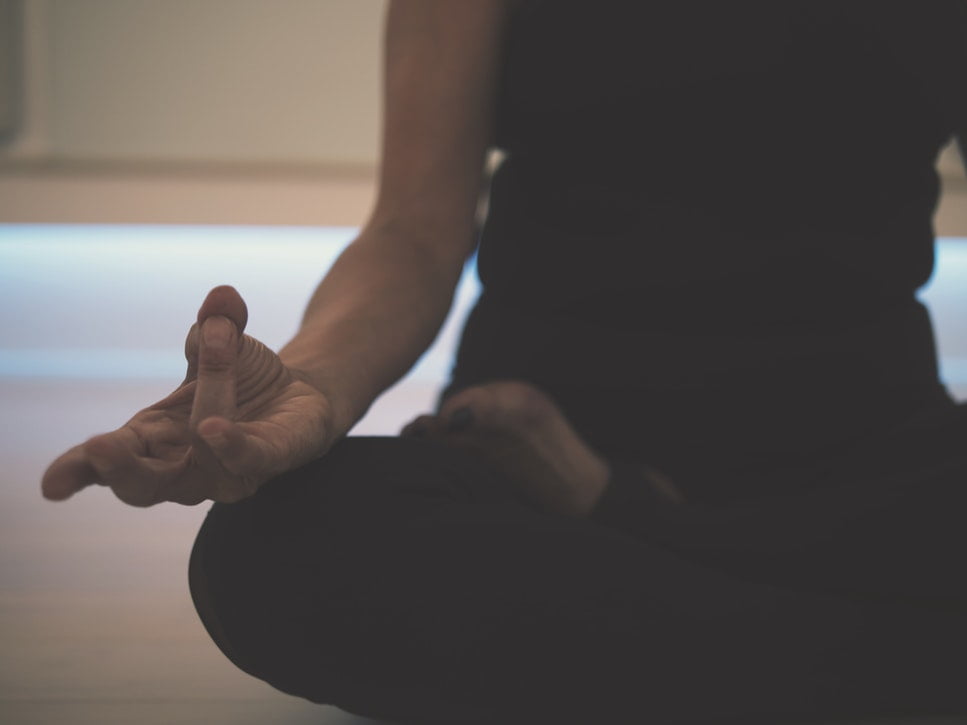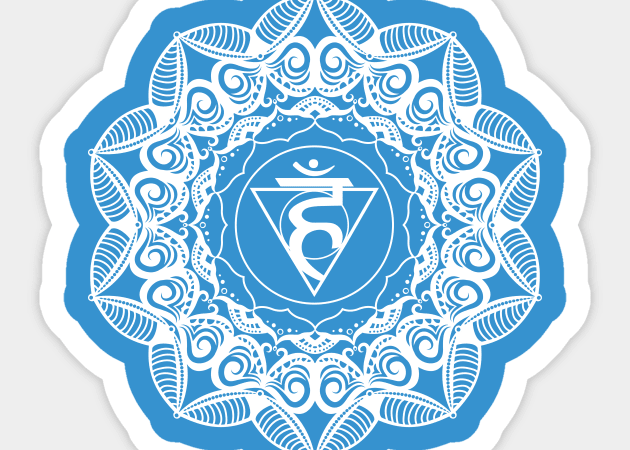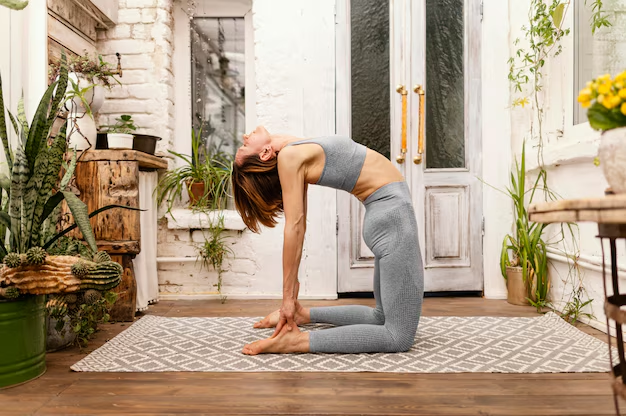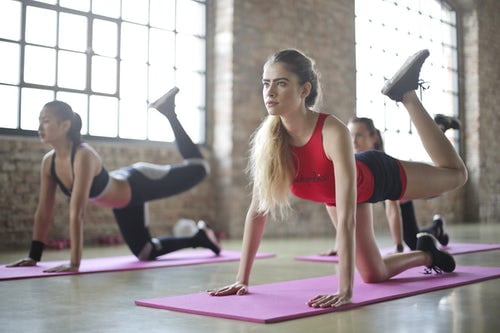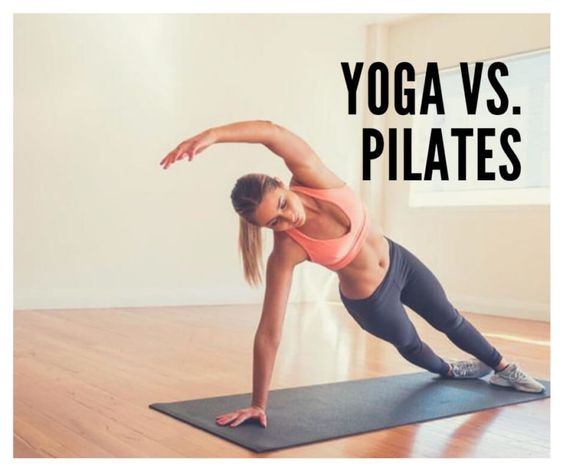
Adopting a healthy lifestyle has always been a mantra for those who enjoy a healthy and free lifestyle. Fitness freak always looks for different techniques. Yoga and Pilates both are different forms of fitness and exercise techniques. Both Yoga and Pilates are very similar to each other. But do you know what is the difference between Yoga and Pilates? See below to know about the difference between yoga and pilates…

Table of Contents
What Is Yoga?
The literal meaning of the word yoga is to join or meet, but if we see its practical meaning, then it is a very detailed science form. Because all its actions and actions make man physically and spiritually perfect yogi or simply say that the divine can be proved in yoga.
The word yoga derives from the Sanskrit metal ‘yuj’, which means personal consciousness or soul’s union with universal consciousness or spirit. Yoga is a 5000-year-old style of Indian knowledge. However, many people consider yoga only as a physical exercise, where people are twisting, jerking, twitching the body.
These are really only the most superficial aspects of this profound science revealing the infinite potential of man’s mind and soul. In yoga science, the full essence of lifestyle has been imbibed. Yoga is not just exercise and posture. It is a spiritual height with emotional integration and a touch of mystic element, which gives you a glimpse of something beyond all imagination.

What Is Pilates?
There are many kinds of assumptions about Pilates and doing anything based on half the information can be dangerous. That is why Pilates is there, it is very important to know how it works

Difference Between Yoga And Pilates:
There are many similarities between yoga and pilates but there are many differences too. In fact, these two practices have much larger differences than common features. See these differences below…
Origin:
Yoga is believed to have originated in the pre-Vedic period. It is mentioned in the Rigveda. But yoga was developed in the fifth and sixth centuries. There are many types of things written about Yoga in the Upanishads, so precise information about the development of Yoga is not available. The Yoga Sutras of Patanjali mention the origin of yoga in the first half of the first millennium AD, but in Western countries, yoga developed around the 20th century. Hatha yoga texts originated around the 11th century.
While Joseph Pilates called his method ‘Contrology’ that his method uses the mind to control the body, yoga has traditionally been seen as a science that uses the body, especially breathing, mind, However, breath awareness is the main part of both systems for strengthening the spinal cord and muscles.
Purpose:
Most of the time, we have only considered yoga to be an exercise, yoga, pranayama or keeping the body healthy. But if we understand yoga deeply, then we get to know its benefits as well as its effects. Yoga is not like today’s science to change its principles. This is the achievement of thousands of our great sages, whom they achieved by dedicating their whole lives. Only then, its principles are also irrefutable, because the sages had certainly realized all its aspects and this is the reason that yoga is present in front of us today.
The main purpose of practicing pilates is to lose weight. Anyone who wants to practice physical activity safely and in quality Pilates is an excellent choice but also qualified professional when together. Pilates is contraindicated only in patients with hemorrhagic lupus and should be closely monitored for heart disease patients and hypertension.
Classes:
It is difficult to say what you should expect from going to yoga classes – it depends on a combination of different factors, such as a teacher, a studio, and even a day of the week. Be careful if the exercise is simply called “yoga”, as the styles are completely different from each other and can be a powerful workout along with a deep relaxation session that will work all your muscles. Be sure to ask what style your studio offers, so that your performance matches with reality.
Pilates classes are more consistent: as a rule, the exercises are performed on a mat or reformer machine on your back, on your side or down, and aimed at developing flexibility and reducing muscle resistance. In Pilates, the difficulty is a sequence of levels – from beginning to advanced – but, unlike yoga, there is no division of styles.
Objective:
Different types of yoga asanas allow you to engage the whole body in work to balance muscle work, and each pose is the opposite. Lessons do not require additional equipment, but sometimes teachers use blocks or strips to help them get into the correct position.
Pilates exercises are usually isolated movements and are performed in a fixed number of sets. The goal of the lesson is to focus on spinal alignment and strengthening the core muscles to gain complete control over body movements.
Breathing:
In yoga, breathing is considered a source of life and energy that passes through the body. The purpose of work on breathing is to cultivate and control this life force, and various styles of yoga involve the use of different breathing techniques.
Pilates, on the other hand, does not use a variety of methods, but throughout the session teaches consistent and sustained effort and conscious control to breathe through the nose and through the mouth.
Spirituality:
The practice of yoga is inextricably linked with spiritual development: it goes back to the history of its phenomenon. Over the centuries of its existence, yoga has evolved from a simple pose with legs crossing a vast variety of asanas, but each of them is still based on meditation, and every practice ends with Shavasana.
The slow pace of practicing with the Pilates system can help relieve stress but has nothing to do with the spiritual experience that yoga practice will bring.

